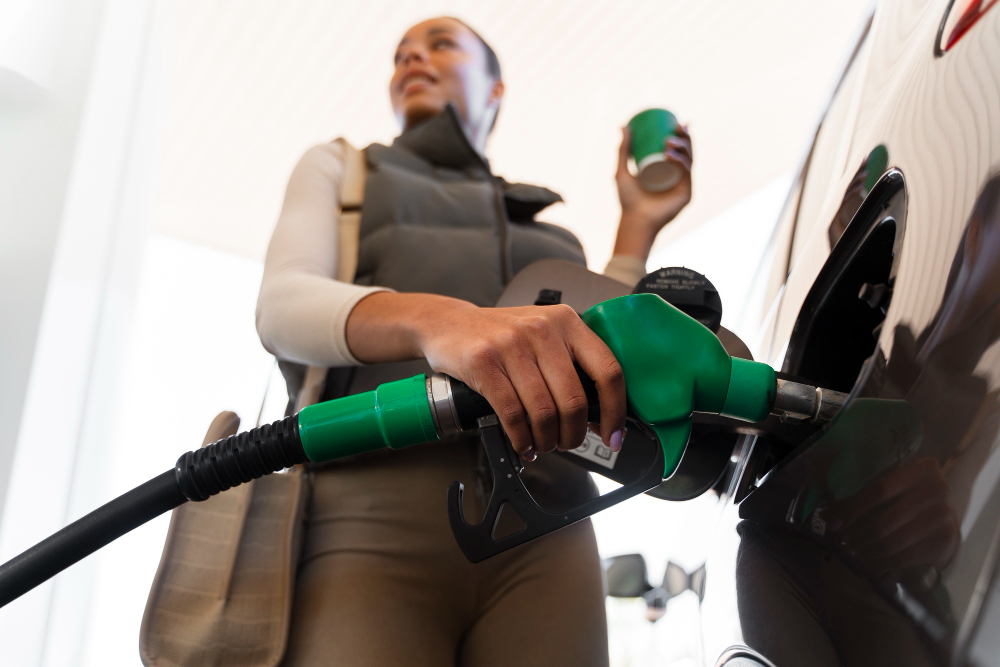The fuel nozzle is a small but critical component in any internal combustion engine. Whether used in marine diesel engines, generators, or industrial machines, the fuel nozzle plays a key role in ensuring efficient combustion, optimal power output, and reduced emissions.
What Is a Fuel Nozzle?
A fuel nozzle is a precision device designed to inject fuel into the combustion chamber of an engine in a highly controlled manner. Its main job is to deliver the right amount of fuel, in the right spray pattern, at the right time, enabling efficient ignition and complete combustion.
Function of the Fuel Nozzle
The fuel nozzle is part of the fuel injection system and has three primary functions:
-
Metering: Controls the volume of fuel being injected.
-
Atomization: Breaks fuel into fine droplets for better mixing with air.
-
Distribution: Ensures the spray pattern spreads evenly inside the combustion chamber.
All three functions work together to ensure clean combustion, lower fuel consumption, and minimal exhaust emissions.
Types of Fuel Nozzles
Fuel nozzles vary based on engine design, fuel system pressure, and application. Common types include:
-
Pintle Nozzle: Common in older diesel engines; has a needle-type tip that opens at a set pressure.
-
Hole-Type Nozzle: Most common in modern diesel engines; features multiple holes to create a fine fuel mist.
-
Multi-Orifice Nozzle: Used in high-performance engines where precise spray distribution is needed.
-
Air-Assisted Nozzle: Injects fuel using both air pressure and fuel pressure — often used in gas turbines and high-speed diesel engines.
Applications of Fuel Nozzles
Fuel nozzles are used in a wide range of engines and systems:
-
Marine diesel engines (main and auxiliary)
-
Automotive diesel engines
-
Industrial generators and compressors
-
Gas turbines and boilers
-
Agricultural and construction equipment
In each case, the fuel nozzle is customized for engine size, operating speed, fuel type, and desired emission level.
Common Issues and Maintenance
Over time, fuel nozzles can experience wear or clogging due to impurities in the fuel or high-pressure operation. Common problems include:
-
Poor atomization
-
Leaking or dripping
-
Delayed injection
-
Reduced fuel economy
-
Increased smoke or emissions
Regular maintenance and inspection of the fuel nozzle are essential to avoid combustion issues and loss of performance.
Typical maintenance includes:
-
Ultrasonic cleaning or chemical soaking
-
Replacement of worn tips or seals
-
Pressure and spray pattern testing
-
Using fuel filters to reduce contaminants
Why Quality Matters
The fuel nozzle is a precision component — even small defects can lead to significant engine problems. That’s why using OEM or high-quality aftermarket nozzles is critical, especially in heavy-duty or marine engines where reliability and efficiency are vital.
Low-quality or damaged nozzles can lead to:
-
Increased fuel consumption
-
Engine knocking
-
Higher exhaust temperatures
-
Costly repairs or downtime
Detailed Technical Points
1. Injection Timing and Control
-
Fuel nozzles are often paired with fuel injectors and high-pressure pumps that control precise injection timing, which is critical for achieving efficient combustion and reducing emissions.
2. Pressure Ratings
-
Fuel nozzles operate under extremely high pressures (often between 100 to 2000 bar or more in modern systems), which allows for fine atomization and consistent spray patterns.
-
Pressure directly affects spray quality and fuel droplet size.
3. Spray Angle and Pattern
-
Each engine requires a specific spray angle and distribution pattern tailored to the combustion chamber design. This ensures optimal mixing of fuel with air and full combustion.
4. Material Composition
-
Fuel nozzles are typically made from high-grade stainless steel or heat-treated alloy steel, built to withstand corrosion, pressure, and temperature stress.
5. Cooling Systems
-
Some fuel nozzles, especially in gas turbines or marine applications, are equipped with internal cooling passages to prevent overheating and distortion during prolonged use.
Maintenance & Diagnostics Tips
6. Signs of a Faulty Fuel Nozzle
-
Engine misfiring
-
Rough idling or knocking
-
Excessive smoke (white or black)
-
Difficulty starting
-
Unusual fuel consumption spikes
7. Diagnostic Tools
-
Injector testers and spray pattern analyzers can be used to detect inconsistencies.
-
Back-leakage tests measure return flow to assess nozzle health.
-
Infrared thermal sensors help detect uneven combustion due to nozzle problems.
8. Cleaning Methods
-
Ultrasonic cleaning removes carbon and varnish build-up.
-
Reverse flushing clears clogged passages.
-
High-pressure solvent sprays can be used for in-situ cleaning.
Fuel Nozzles in Different Engine Types
9. Marine Engines
-
Larger nozzles with high-flow capabilities, often custom-calibrated for large bore cylinders.
-
Must be durable against high-sulfur fuels and long operation hours.
10. Automotive Diesel Engines
-
Typically use common rail injection systems with electronically controlled nozzles for efficiency and emission control.
11. Gas Turbines and Boilers
-
Fuel nozzles here often deliver a fine mist of diesel, kerosene, or gas fuel into combustion chambers, sometimes assisted with compressed air.
Conclusion
The fuel nozzle may be small, but it plays a huge role in the performance and longevity of any diesel engine. With precise metering and atomization, it helps ensure clean combustion, fuel efficiency, and compliance with modern emission standards. For operators and engineers, proper selection, regular inspection, and timely maintenance of fuel nozzles are key to keeping engines running smoothly and economically.
